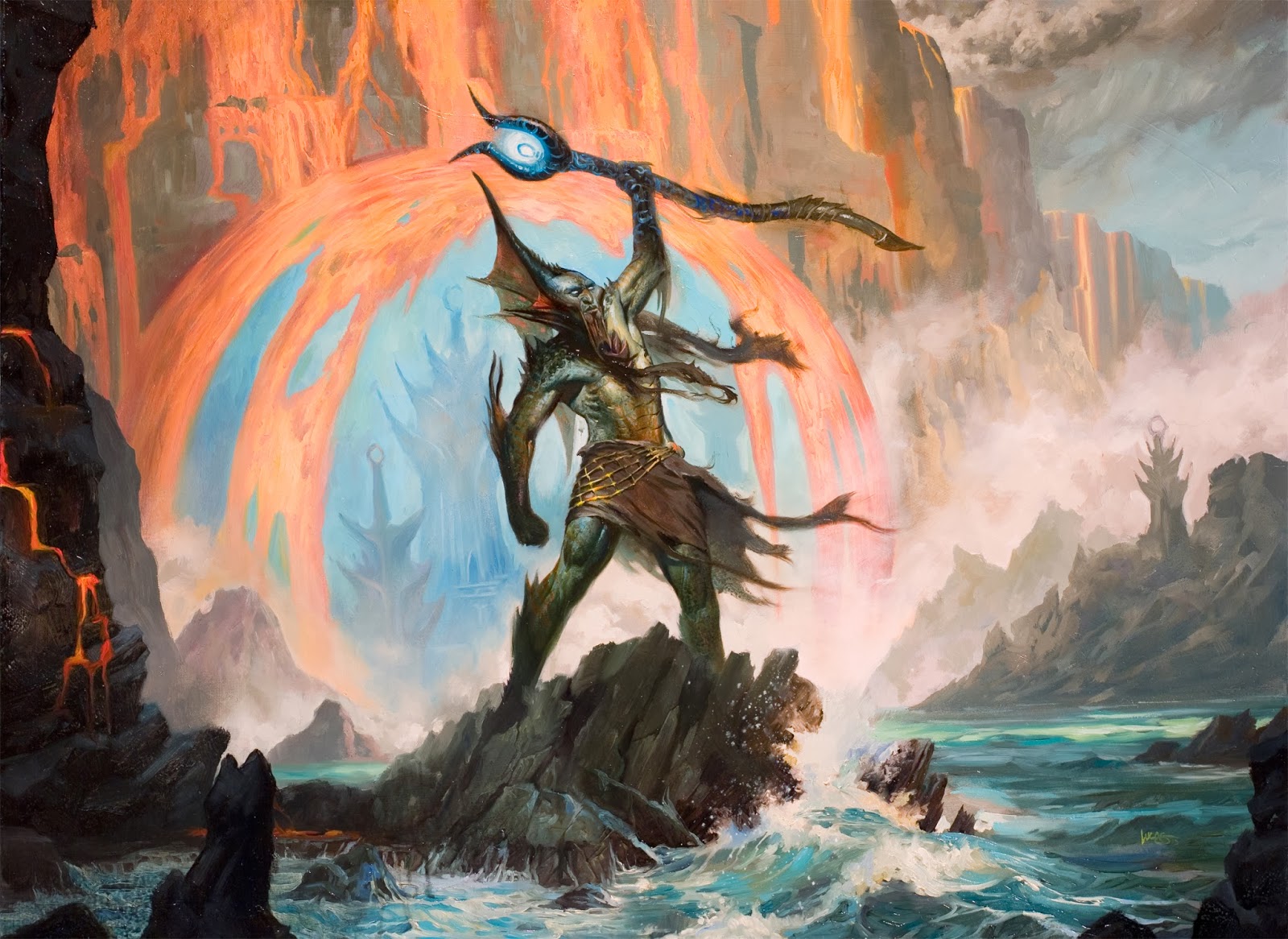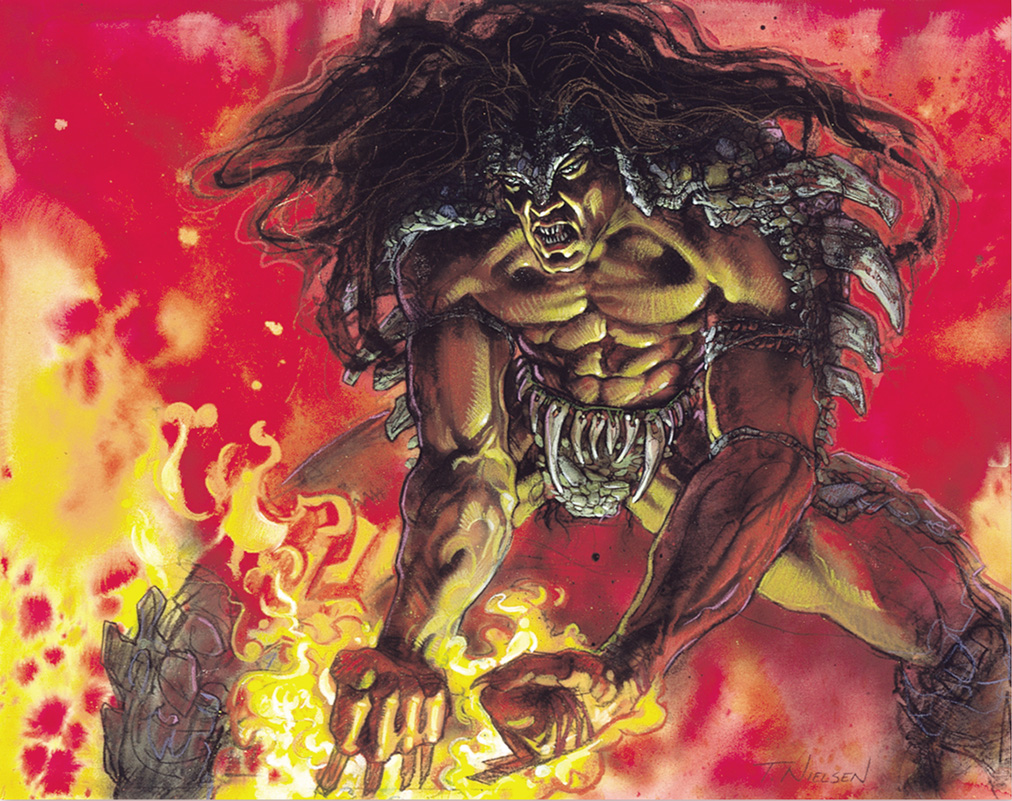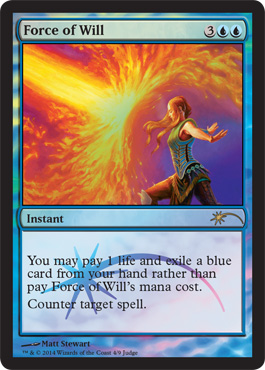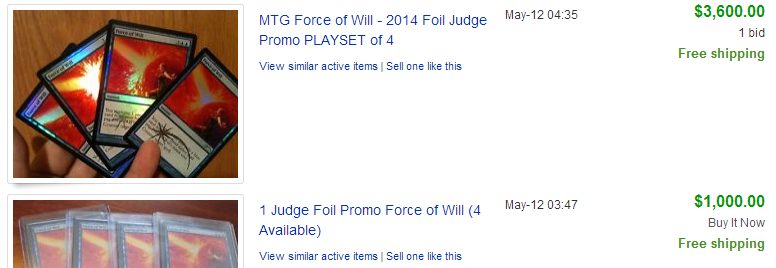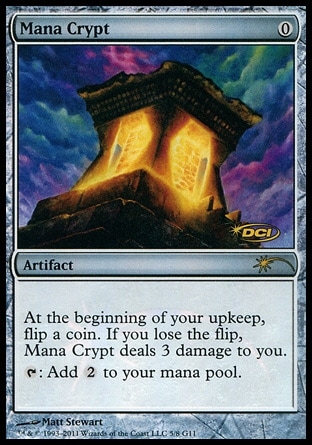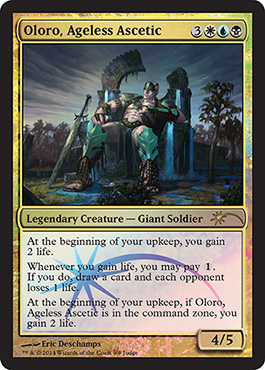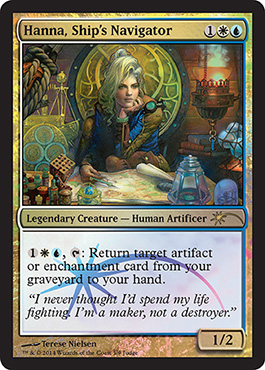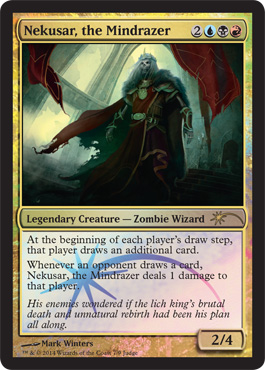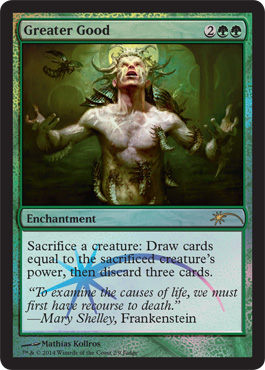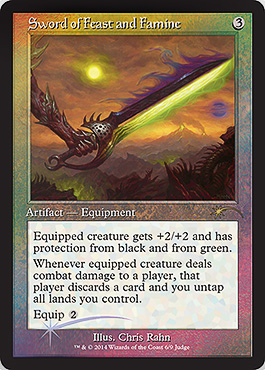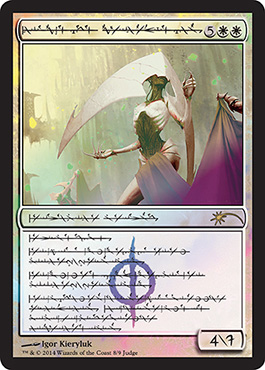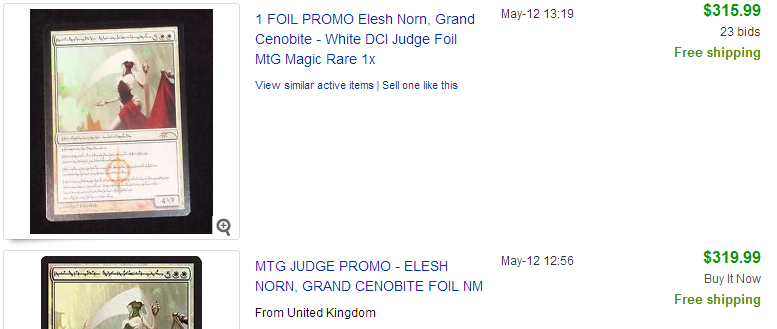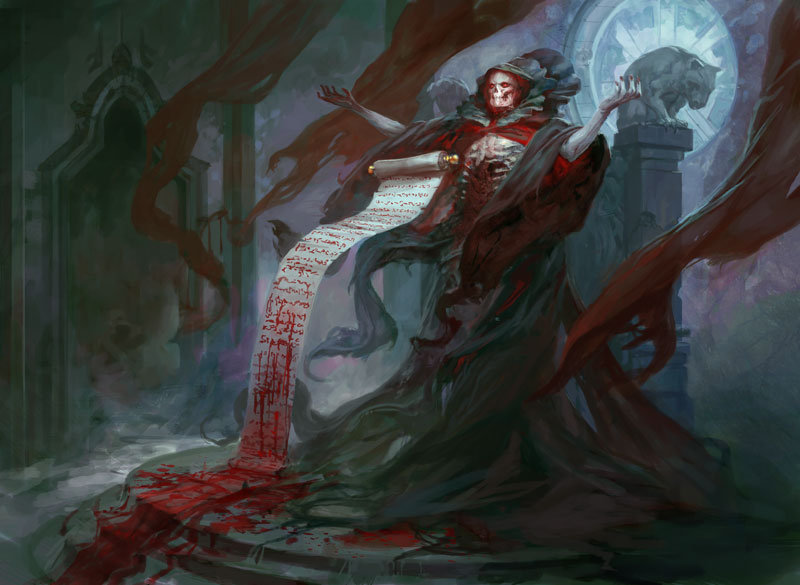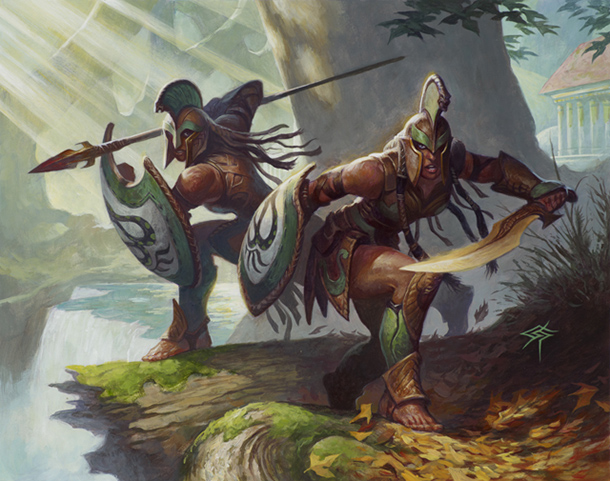By: Camden Clark
As financiers, we gain the power that we have from communication.
Communication is social media.
Communication is Twitch streams.
Communication is talking to Magic players like you and me.
But above all, communication provides you with the information to make wise decisions.
Kind of like organization, communication is an abstract concept in Magic finance. We all have personal expectations for what it means and how we utilize it. However, most of us fail to see deeper. We fail to analyze whether the information we are gathering is useful and where it is produced from. Even more dangerous is receiving information and archive it but never use it.
What does this even mean?
It means we have to analyze the sources of our information.
The first level (and the most basic) is the finance level.
Twitter – Finance
If you are not on Twitter, sign up for an account now. It is almost no hassle to install on your smartphone and just follow the people who are very established and know what they are doing.
Chas Andres
Corbin
Sigmund
Jason
Travis
Also you can follow me – http://twitter.com/CamdenClarkMTG
The #mtgfinance hashtag is also an extremely valuable source of information. It can give you an ear to the ground on how people in the finance community are feeling. There are few other places where you can get random blips like this that you may have not been aware of.
I use Twitter because it is an easy and time-efficient way to interact in the MTGFinance community. There are millions of people who have accounts on this website for a reason. It provides really easy blurbs from people that are well respected.
Twitter is good for what it is but there are some inherent limitations. The 140 character limit prevents extended analysis of picks. Moreover, most of the information is not very relevant to speculation. There are simply so many people here that it becomes hard to distill valuable content from just some guy on his iPhone. Another issue with Twitter is the community centric aspect. With so many people posting it is difficult to have one tweet to have a major effect.
My advice for using Twitter is as follows: watch, but take everything with a grain of salt. It is a fun and easy way to keep an ear to the ground but following the mtgfinance people exclusively is dangerous.
Twitter – Players
The Twitter Magic community is quite similar to the Magic finance community. There are major moguls who constantly post about their records at major tournaments and talk about specific cards and decks.
There is even more information than in the Magic finance community so it becomes hard to discern what is useful and what is not. Most posts from ordinary people should have no bearing on your financial decisions or learning. In contrast, the tweets from professional players and major people in the community should have a major impact on how you think about certain cards.
A couple of pitfalls to avoid is that pros sometimes joke about certain cards or decks. There are also some professional players who tweet nothing but their records at a tournament and provide little value for finance.
/r/mtgfinance
This subreddit has a lot of potential. Recently, the community became a dung-throwing festival where posters accused the moderators of being in cahoots with content writers on a few different sites. However, I find these accusations to be untrue and most of the community feels the same way. It seemed to be a very vocal minority who believed that /r/mtgfinance was only trying to shill certain websites.
Nevertheless, after that situation the subreddit picked up steam again and seems to be back in working order.
The good things about Reddit are similar and magnified. The voting system allows content that the community feels is valuable to get more airtime while content that is not so good gets voted down. Everything in this subreddit is submitted by community members and it is extremely transparent who is submitting the content and what they hope to achieve. Discussion is amplified because each post usually gets at least three commenters who have good and unlimited analysis.
The downfall of Reddit lies in the voting system as well. Opinions outside the majority may get voted down in controversial topics, resulting in certain people’s thoughts being given little visibility. However, adopting a holistic view on reading comments and even reading those that have been downvoted will dissuade this. Another issue with this community lies in the “pump and dump” mentality of many of its users. They often post a discussion or “speculation” thread and attempt to create a buyout for the card they open a discussion post for.
The best way to use this community is similar to Twitter. It is a valuable source of legitimate discussion and can foster very good debates. The posting system creates a pseudo-filter to get rid of garbage content. Still, take everything with a grain of salt and make sure that you are making educated decisions by doing your own research
Moreover, use Reddit to ask questions and create decent dialogue. That is where you can get the most value out of this subreddit. People there have experience and you can get a variety of opinions on whatever you post. I highly recommend utilizing this subreddit not only for reading but also contributing. You will learn a lot.
/r/spikes
The subreddit for people who grind PTQs is also a great resource for determining good investments. These are the people who spend hilarious prices to buy the cards they need for their deck that they want to take to their PTQ. It is literally like being in the mind of the people that you are trying to predict.
Tournament results that get a major nod here are probably significant. They should provide you with the foundation for determining what decks are likely going to become more popular. As we approach Modern PTQ season this gets more and more important. I always talk about how open Modern still is. There is a lot of potential for specific cards and even overlooked staples to rise in major levels.
I have no doubt that if you pay some attention to /r/spikes you will be able to profit a little bit. You will also be able to pick up staples for Modern before they skyrocket if you just want to play in PTQs. This is even relevant if you don’t want to invest but just want to play Magic and not have to spend as much money.
Content Sites
There are a whole host of websites out there that push content of varying quality. A lot of it is valuable. Some of it is not. That is the double edged sword of content: it is top-down.
However, if you are reading content by people who know what they are doing it will be quite obvious. Many of the people above who are major personalities on Twitter also have corresponding content on websites. That makes them automatically very good people to track and at the very least skim through their content.
Analyzing the utility of such content is a different story. There are very useful articles posted that go over fundamentals and examine merits of different investments. Many also examine the history of the writer’s picks or recommendations and does a self-evaluation.
These are the best type of articles in my opinion. When we go back and examine what we did and our decisionmaking process we learn new things that we wouldn’t have learned had we chosen not to examine.
I have gone over the content that comes from the financial sector. Although it is very valuable to read content and be a part of the MTGFinance community, most picks are gone by the time MTGFinance people get turned onto them.
This is why it is also useful to follow the players’ communities as well. They are the ones who buy the cards. They are the ones who build the decks that the speculators end up speculating on.
How has knowledge meant power in your experience? Leave it in the comments.
